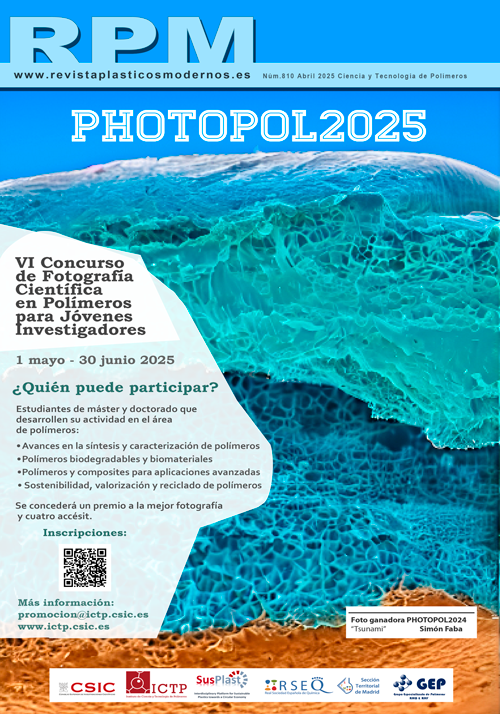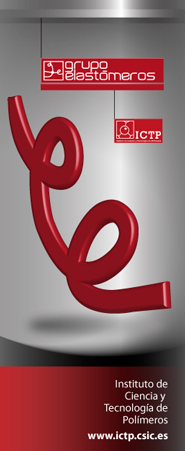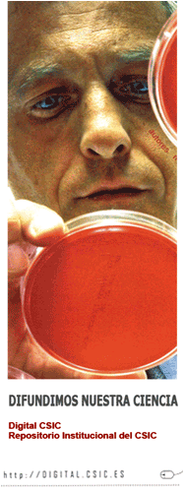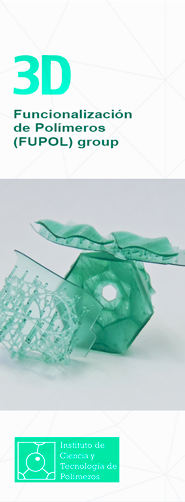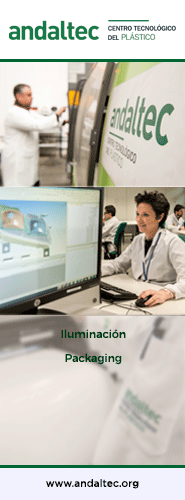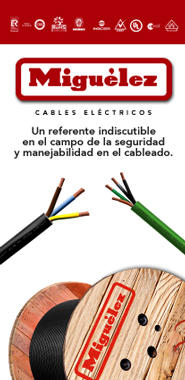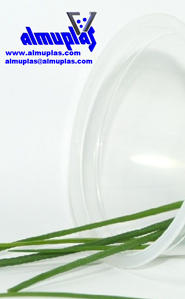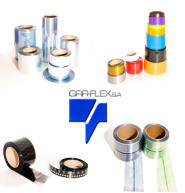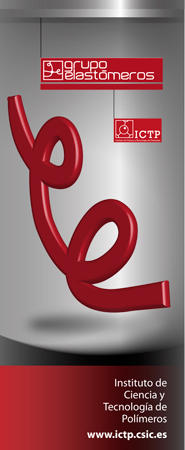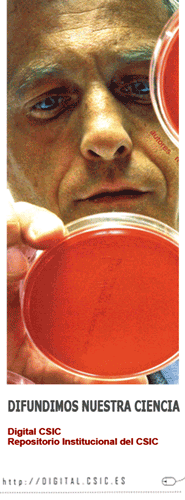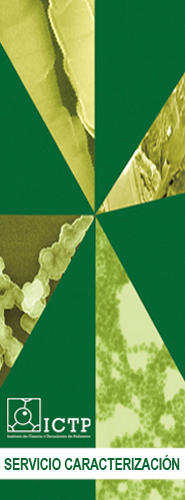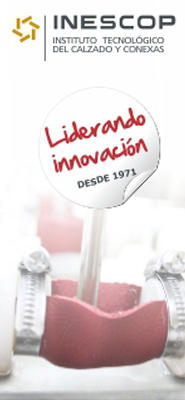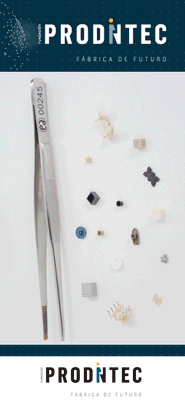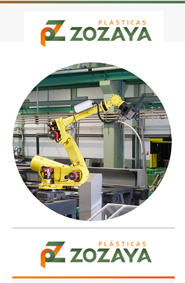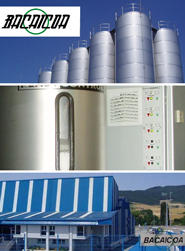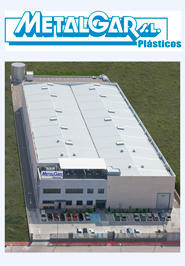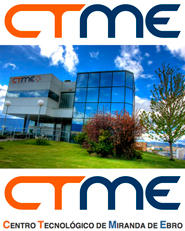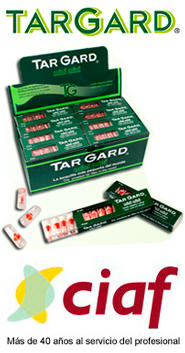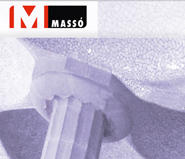Artículos / Referencia Bibliográfica
La Unión Europea (UE) expresando su preocupación por la toxicidad y el impacto ambiental del uso de algunos de los retardantes a la llama a base de Bromo (BFR) en los compuestos poliméricos, emitió la directiva RoHS que restringe el uso de óxidos de difenilo bromados como el Decabromodifenil éter (Deca-BDE). Los nuevos retardantes de llama bromados (NBFRs), dentro de los cuales se encuentra el N,N-etilen bis(tetrabromoftalamida) (EBTPI), no tienen impactos negativos mayores sobre el medio ambiente, la salud y/o la seguridad de los consumidores y no cuentan con restricción RoHS. Un compuesto retardante de llama de baja toxicidad a base de polietileno reticulado fue desarrollado partiendo de una resina de polietileno lineal de baja densidad (LLDPE) con incorporaciones de aditivos para favorecer el retardo a la llama y su acoplamiento con la resina base, con el fin de obtener un aislamiento retardante a la llama para cables. Los aditivos retardantes de la llama empleados fueron el N,N-etilen bis(tetrabromoftalamida) (EBTPI), el borato de zinc (ZB) y el trióxido de antimonio (ATO), siendo los dos últimos aditivos sinérgicos que mejoraron la eficiencia del EBTPI. Se encontró que con la incorporación de 5 % del agente de acople se generó una apropiada condición reológica para el proceso por extrusión del material y para el cumplimiento de la pruebas eléctricas y mecánicas establecidas en la norma UL 44.
The European Union (EU) expressing concern about the toxicity and environmental impact of the use of some of the Bromine-based flame retardants (BFRs) in polymeric compounds, issued the RoHS directive that restricts the use of diphenyl oxides brominated such as Decabromodiphenyl ether (Deca-BDE). The new brominated flame retardants (NBFRs), including N, N-ethylene bis (tetrabromophthalamide) (EBTPI), do not have major negative impacts on the environment, health and / or safety of consumers and they are not RoHS restricted. A low-toxicity flame retardant compound based on cross-linked polyethylene was developed starting from a linear low-density polyethylene (LLDPE) resin with the incorporation of additives to promote flame retardancy and its coupling with the base resin, to obtain a flame-retardant insulation for cables. The flame-retardant additives used were N, N-ethylene bis (tetrabromophthalamide) (EBTPI), zinc borate (ZB) and antimony trioxide (ATO), being the last two synergistic additives that improved the efficiency of EBTPI. It was found that with the incorporation of 5% of the coupling agent an appropriate rheological condition was generated for the process by extrusion of the material and for compliance with the electrical and mechanical tests established in the UL 44 standard.
